Space
Sign up for our newsletter
We summarize the week's scientific breakthroughs every Thursday.
-
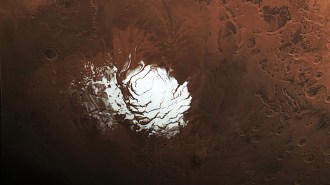 Planetary Science
Planetary ScienceMars’ buried ‘lake’ might just be layers of ice and rock
Evidence grows that possible detections of liquid water buried near Mars’ south pole might not hold water.
-
 Planetary Science
Planetary ScienceRobin Wordsworth re-creates the atmosphere of ancient Mars
Robin Wordsworth studies the climates of Mars and other alien worlds to find out whether they could support life.
By Nikk Ogasa -
 Science & Society
Science & SocietyBig questions inspire the scientists on this year’s SN 10 list
These scientists to watch study climate change, alien worlds, human evolution, the coronavirus and more.
-
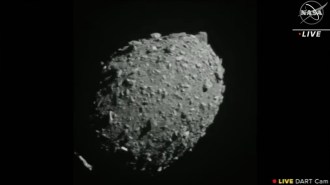 Planetary Science
Planetary ScienceNASA’s DART spacecraft just smashed into an asteroid — on purpose
If the first-ever attempt to knock a space rock off course works, it could provide a blueprint to protect Earth from a killer asteroid.
-
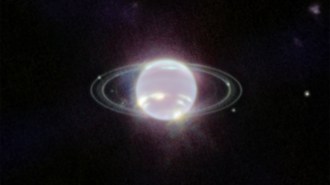 Planetary Science
Planetary ScienceHere is the first direct look at Neptune’s rings in more than 30 years
In 1989, the Voyager 2 spacecraft took the first pics of Neptune’s rings. Now, NASA’s James Webb Space Telescope is providing a more detailed look.
-
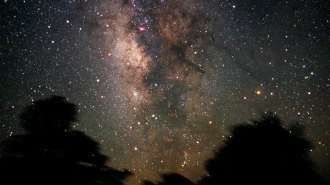 Astronomy
AstronomyA protogalaxy in the Milky Way may be our galaxy’s original nucleus
Millions of ancient stars spanning about 18,000 light-years at the Milky Way’s heart are the kernel around which the galaxy grew, researchers say.
By Ken Croswell -
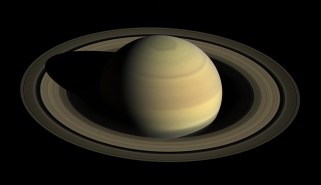 Planetary Science
Planetary ScienceSaturn’s rings and tilt might have come from one missing moon
The hypothetical moon, dubbed Chrysalis, could have helped tip the planet over before getting shredded to form the rings, researchers suggest.
-
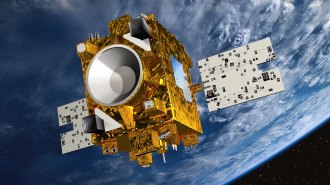 Physics
PhysicsFalling objects in orbit show Einstein was right — again
For more than two years, a pair of metal cylinders fell at the same rate in space, confirming the equivalence principle, a key tenet of general relativity.
-
 Planetary Science
Planetary SciencePassing through the Milky Way’s arms may have helped form Earth’s solid ground
Barrages of comets stirred up by the early solar system’s journey around the center of the galaxy could explain the timing of ancient rock formation.
-
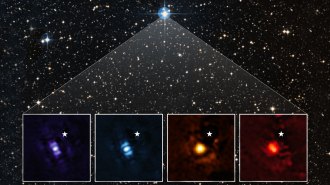 Astronomy
AstronomyHere’s the James Webb telescope’s first direct image of an exoplanet
Along with spying its first exoplanet, the James Webb telescope got its first direct spectrum of an object orbiting a star in another solar system.
-
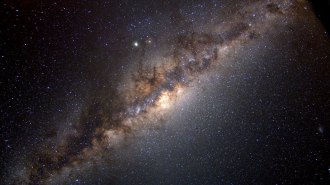 Space
Space‘The Milky Way’ wants you to get to know your home in the universe
In a new ‘autobiography,’ the Milky Way tells its own story with the help of astrophysicist Moiya McTier.
-
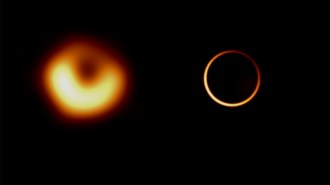 Space
SpacePhysicists dispute a claim of detecting a black hole’s ‘photon ring’
A thin ring of light around a black hole, which would probe gravity in a new way, has been found, one team claims. Skeptics aren’t convinced.